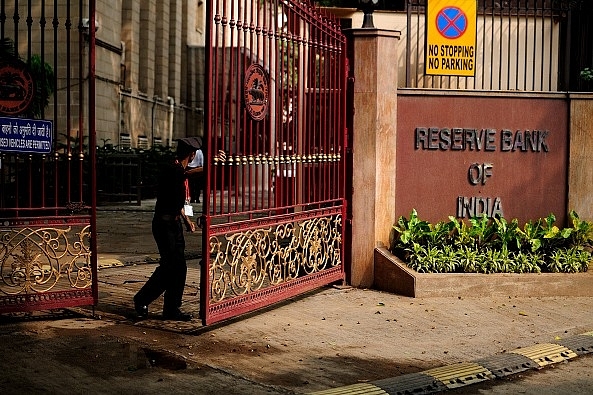
MPC Retains Its Mojo: How Five Hawks And A Dove Are Getting Rate Policy Right
Why one must congratulate the MPC for finally getting its mojo back.
The Monetary Policy Committee’s (MPC) decision yesterday (1 August) to raise repo rates by 25 basis points to 6.5 per cent (1 per cent = 100 basis points) is the right move at the right time. The decision was supported by five members – Governor Urjit Patel, Deputy Governor Viral Acharya, Michael Patra, Chetan Ghate and Pami Dua – while one member, Ravindra Dholakia, voted against.
Looking at past voting patterns, it seems we can now more or less identify the inflation hawks from the doves in the MPC. There is only one true dove (Dholakia), but there are three hawks (one extreme hawk in Patra, and two moderate ones in Dua and Ghate), and two hawks in dove’s clothing (the Governor and his deputy), who guide the final direction of the vote. Given this composition, it is more than clear that the three representatives from the Reserve Bank of India (RBI) side will more or less carry the day even when the vote gets closer. The purpose of having an extreme hawk on their side is to ensure that the dove is neutralised.
That said, one has to congratulate the MPC for finally getting its mojo back. This rate hike, clearly precipitated by rising fears of inflation and the prospect of further hikes by the US Fed, trade tensions and the possibility of currency wars, is warranted even though the economic recovery is far from well-established. But as long as the RBI-MPC mandate is to focus on inflation more than growth, this policy stance can easily be justified.
The real problem is that rate hikes (or cuts) are blunt instruments and transmission of monetary policies take a very long time to work through to the last mile. Thus, whether a rate stance was correct or wrong can only be divined several quarters after the event, when such analysis is good only for academics.
This probably explains why the MPC, despite hiking policy rates twice in two consecutive sittings, still claims to follow a “neutral” stance. A neutral stance ordinarily should mean that the rate is more or less at its Goldilocks level, neither too tight nor too loose, but changes can happen in either direction, depending on developments. But we have seen four no-change MPC meetings, and two rate hikes with the same neutral stance at the last two MPC meetings.
If a neutral stance was right in February 2016, when growth was decelerating and inflation dropping like a stone in the aftermath of demonetisation, it cannot be right currently, when the MPC thinks the inflation risks remain, and the projection for the Consumer Price Index is heading close to the upward tolerance limit of 4-6 per cent. The RBI’s inflation projections are “4.6 per cent in Q2 (in the quarter ended June), 4.8 per cent in H2 of 2018-19 and 5.0 per cent in Q1 2019-20”. And we don’t know what will happen to food prices after kharif, where support prices have been jacked up substantially, and global oil.
The harping on “neutral” stance is probably a figleaf the MPC retains in order to hide its boo-boo of February 2016, when it prematurely shifted to a neutral stance. This way, if retail inflation turns out to be benign, it can say we maintained neutral despite inflation worries. If inflation does breach the ceiling, it can point to its pre-emptive rate hikes in June and August this year.
But despite this quibble, it is clear that the MPC’s moves are now looking more credible than it did in 2016. It would be a fair guess that in an election year, where the government in power will do its damnedest to win, public spending will not be held back either by Centre or the states. So, it is not unreasonable to batten down the hatches and be prepared to raise rates in advance, as the MPC has done, over-ruling its lone dove.